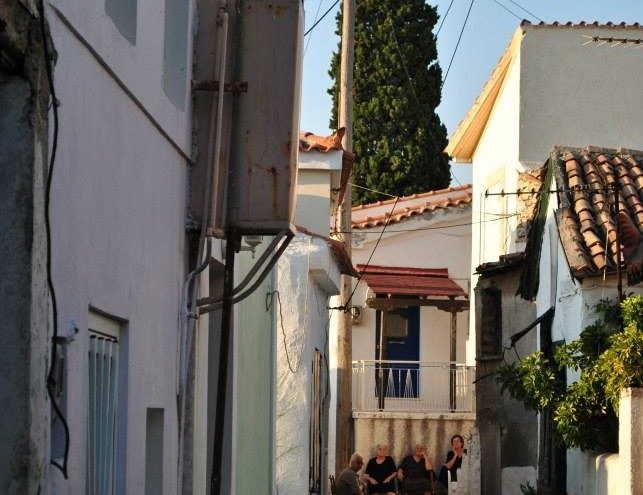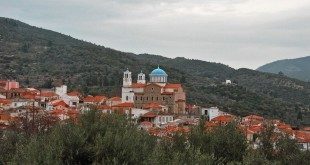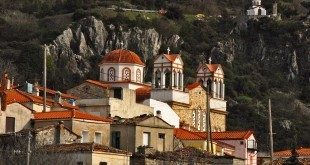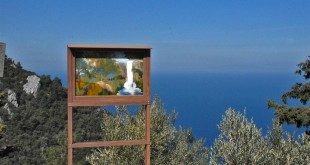Paleokastro is located on the southeast part of the island and got its name from the ruins of a “cyclopic” wall. In the place of present day Paleokastro, during ancient times there was a village with constructions from the Greek and Byzantine Ages.
In one of the churches “Agios Georgios”, the icon of Agios Georgios bears an inscription which dates it to 1649. Due to the fact that another church “Koimisis tis Theotokou” is older, it is estimated that the village was built at the beginning of the 16 century.
To the west of Palaiokastro is the beach or port of Poseidonio. It was previously called “Moulabraimi” and even earlier in the past was called Vourkaria. The traveller, Pitton De Tournefort calls it “The Port of the Galleons” because during the years of the Venetians and the Genovese it was used as a moor for the Galleons who were fighting piracy. The port got its name from the Turk Molla Ibraim who was captured and killed by pirates.
Until the beginning of the 18th century the ruins of two temples were preserved. one of them which was built on high ground, was surely dedicated to “Epaktaios Poseidon” (Poseidon on the coast), while the other was built on lower ground. Apart from the ruins of the temples, ruins of an ancient city were apparent. At the edge of the port, at the narrowest point of the straights, the foundations of an old marble tower are preserved, from which the one end of a chain was attached. The other end of the chain reached the opposite coast of Asia Minor called Pounta. When this chain was tightened it prevented the passage from the “seven-stadium” straights.
Southeast of Paleokastro are located the beautiful beaches of Poseidonio, Kerveli and Psili Ammos which have calm and lucid blue waters that attract many tourists in the summer.
In Paleokastro belong the settlements of Argiro, Klima, Poseidonio, Charaugi and Psili Ammos with 130 total inhabitants.
 iSamos.gr Η ενημερωτική σελίδα της Σάμου! Εξερευνήστε τη Σάμο, τις παραλίες της, τη φύση της, τις ομορφιές της. Διαβάστε την ιστορία της Σάμου
iSamos.gr Η ενημερωτική σελίδα της Σάμου! Εξερευνήστε τη Σάμο, τις παραλίες της, τη φύση της, τις ομορφιές της. Διαβάστε την ιστορία της Σάμου






